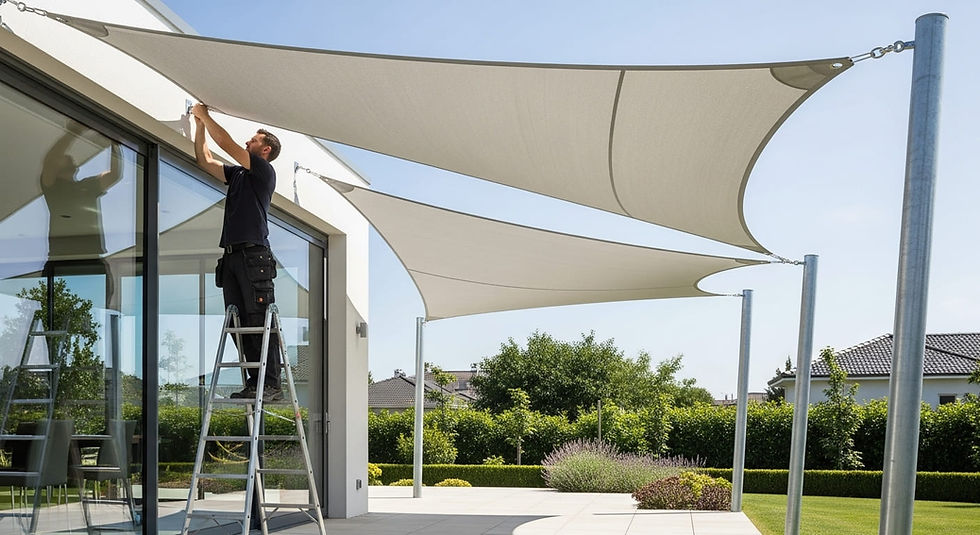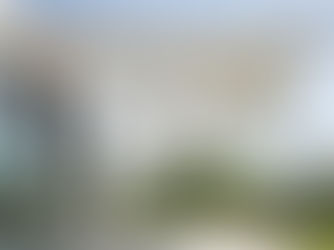A Beautiful House Exterior Employ External Awning
- ameliya lanne
- Sep 7, 2017
- 3 min read
External awnings have been in use over a long period of time. Traditionally, these were often constructed with materials such as wood, metal, and cotton canvas. Often, which requires frequent maintenance, but nowadays, these are made with more durable materials, which require less maintenance and can last for a long duration of time. External awnings are made using a wide variety of styles, shapes, designs, and colors all aimed at meeting the needs of the users. So, whatever dream external awning you have in mind, it is certain, you can definitely find one which meets your desires.
Materials Used for External Awnings
These are one of the essential factors to be taken into consideration when designing an external awning seen as each of the fabrics listed below have certain advantages and characteristics, which make them unique.
#1. Acrylic Fabric: These types of acrylic awnings are opaque and heavy by nature as such they are more suited for areas with high levels of humidity and possess high resistance against mildew and ultraviolet light.
#2. Vinyl Fabric: These are a little heavier than the Acrylic Fabric and they make a great choice for back light and illuminated awnings accompanied by their excellent translucency. This type of fabric is not effective for humid environments.
#3. Metal: The two main common metals used here are steel and aluminum with each having an advantage over the other. In order to prevent rust, steel awnings require regular painting. Meanwhile, aluminum is a lot easier to dent. Furthermore, metal awnings as compared to the fabrics listed above can be seen to require more cleaning, as they easily collect dirt putting them at a disadvantage with the fabric awnings.
#4. Fiberglass: This is light compared to steel and aluminum and during their molding, they are given a specific color, which cannot change easily. The user’s ability to customize this type of awning is greatly reduced furthermore, with time. They even become brittle with time and require replacements. They are also opaque and could aid in case of blackouts.
Styling
#1. There exists a wide variety of external awning styles. Given users a good range of styles to consider when deciding to give their house and entryways a rather unique and exquisite look. In doing so, certain factors have to be taken into consideration such as your landscape. This is because different landscapes have different needs and techniques, which are to be taken into consideration when constructing an external awning.
#2. The coloring of the awning should also be taken into serious consideration when choosing your styling if you want your house to have that beautiful look, you have always dreamt of and most often than not this color is selected based on the surroundings or the color of the main building.
#3. One of the most common styling techniques used for external awnings, especially for patios is the folding arm style due to their retractable nature, which enables them to fold in cooler months permitting the maximum amount of sunlight and fold out again in summer given your patio an even more definitive look.
Why Use External Awnings
It increases the market value of your property. It protects your home from the UV rays, snow, and rain. A retractable awning gives the user the power of deciding when to use it or not, which greatly increases flexibility, as the user can control the amount of light intensity he or she needs. They make your property look more attractive with external awning. They create additional space for entertainment, as when inviting people to your house you do not need to worry about them being burnt by the sun or getting wet due to the rain.



















Comments